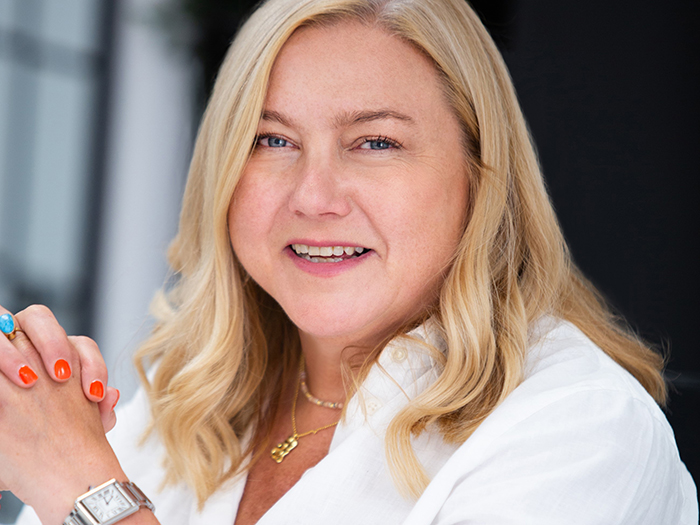3 Insurance M&A Insights from 2021 That Will Prepare Us for How the Market Will Behave in 2022

Insurance companies that had successfully engaged in mergers and acquisitions activity in 2021 were looking to build out their capabilities or expand their business objectives or distribution channels, a shift from the recent past when M&A moves were made to bolster or streamline their core businesses.
2021 was also a year when some less successful efforts—including some potential blockbuster deals—floundered over regulatory and other issues.
These are some of the findings in a report “Insurance M&A: How Deals Are Changing the Shape of an Industry,” by Bain & Company.
Sean O’Neill, a partner in Bain & Company and an expert in the firm’s financial services practice, co-authored the study with Simon Porter, a partner in the financial services, M&A divestiture and social impact practices, based in Dallas.
Here are three key takeaways.
1) M&As Help Insurers Build Out Business Capabilities
One factor driving M&A deals within the insurance sector was a need to build out business capabilities. Rather than build new product offerings or services internally, some insurers are choosing to acquire companies already strong in those areas.
This marks a departure from pervious years, where M&As were driven by a desire to reinforce core products and streamline businesses.
“Some companies were faced with taking months or years to build capabilities or choosing to go out and aggressively buy those capabilities,” O’Neill said of the change.
The report highlighted USAA’s acquisition of the Insurtech company Noblr in June 2021 as an example of a deal that was undertaken to bring in new business services. USAA was looking to add a behavior-based option to its auto-insurance offerings due to the pandemic. Rather than create their own, they bought an Insurtech with those capabilities.
“In the beginning of the pandemic, people stopped driving, but were still paying insurance on cars that were not moving,” O’Neill said. “That highlighted the customers’ need of, ‘If I am not going to drive to work every day, do I need a different type of insurance?’ ”
2) M&A Deals Increase Distribution Channels
Another finding from the report was that insurance companies are using M&As to build out their distribution channels.
One company that was active in reevaluating its distribution channel was Liberty Mutual Insurance, which purchased State Auto, a deal that gave Liberty access to State Auto’s network of approximately 3,400 independent agencies across 33 states.
O’Neill said these types of distribution-building deals had several benefits for those making the acquisitions.
“They were getting more locations and getting access to a different type of agent who often interacted with a different type of customer segment,” he said.
“Allstate’s acquisition of National General, which closed in January 2021, was another deal that expanded the independent agent footprint,” Porter added.
The four billion-deal seeks to grow Allstate’s personal lines business by a increase of 1 percentage point in market share. It’ll also give independent agents more product offerings and strengthen their technology platforms.
“At the heart of Allstate’s move was a view that the role of the agent will change to involve more in-depth discussions aimed at understanding customers’ unique needs and providing them with relevant choices instead of processing information,” Porter adds.
3) Blockbuster Deals Stalled
In addition to building capabilities and expanding distribution, 2021 was a year when the insurance industry was dominated by headlines of blockbuster deals that never got off the ground.
“The smaller add-on acquisitions that increased the size of the acquirer were successful,” O’Neill said. “The blockbuster deals that were attempted in 2021 didn’t happen.”
Chubb’s $23 to $25 billion offer for The Hartford was rejected by The Hartford’s board of directors, even after three tries.
Aon’s attempted $30 billion acquisition of Willis Towers Watson navigated European regulators successfully but was scrapped after the U.S. Department of Justice blocked the deal, saying it would reduce competition and could lead to higher prices.
“All of this reinforces the need to deeply understand the regulatory hurdles early in the process, ensuring that the deal thesis and market value proposition of the combination will clear the bar,” Porter said.
While some failed deals can result in a financial loss, there are also other less tangible losses that insurers also face.
“These blockbuster deals take a lot of people inside both companies pushing toward the culmination of a deal,” O’Neill said.
“When it doesn’t happen, you get two things. One is not spending as much time on a business’s core strategic issues and the other is missing other opportunities because you were so singly focused on this one opportunity.”
What’s Expected for 2022?
Looking forward into 2022 and beyond, O’Neill expects consolidation to continue and foresees other blockbuster deals being attempted.
“There are still going to be transformative mergers that take place in the insurance industry,” he said.
He hopes that the failed deals of 2021 will provide some guidance.
“We think you really need to think of the regulatory barriers you are going to face earlier in the process and you need to be able, as best you can, to parallel process going forward with your own process while you still go ahead with this transformative process.”
He also expects insurers to build new capabilities.
“That’s not going to abate,” he said. “That was amplified by the pandemic, but it was not caused by the pandemic and therefore will continue at an increasing pace.”
He said consumers will continue to demand more ways to interact with their insurers.
“We have to continue to build capabilities to meet the needs of a customer base that wants to be served in a 24/7, always on environment,” he said.
He expects insurers to also focus on distribution.
“There will always be a dominant channel (of distribution) but there will be continued pressures to supplement and enhance the distribution footprint of the insurance companies,” he said. “They will need to be able to meet customers where they want to be served, whether that’s locally or on the phone or on an app.”
Consolidation often is compelled by some benefits that are not doing to disappear.
“Scale and operating efficiencies that go with scale are not going away and will continue in the years ahead, which is one of the forces for continued consolidation,” he said. &











